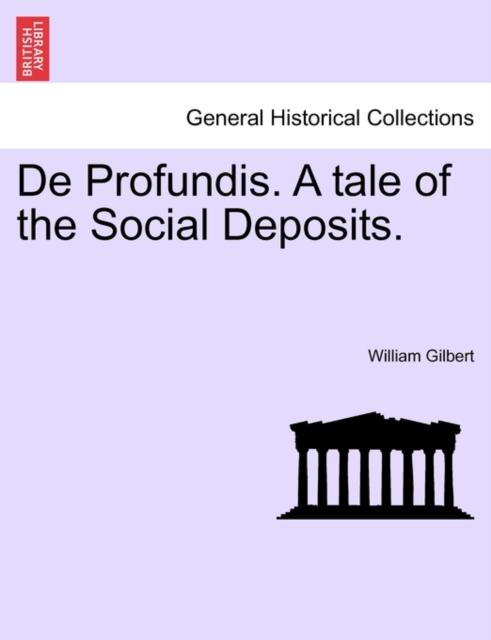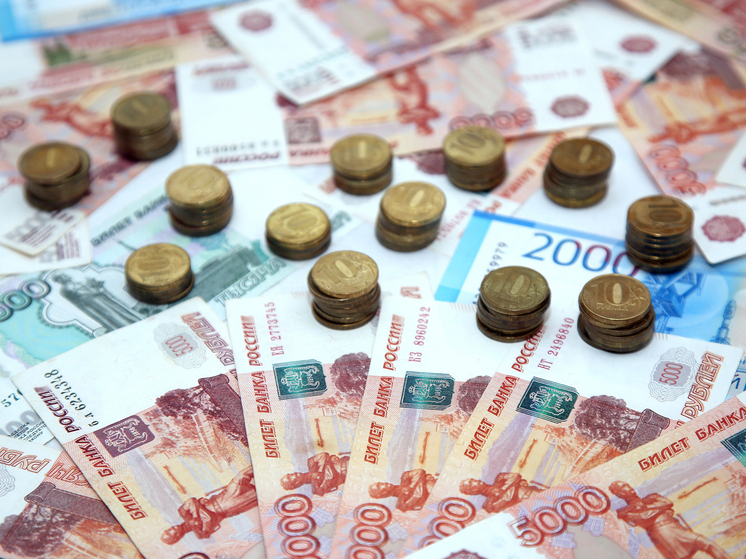
Russia has introduced new financial tools for low-income citizens: social accounts and deposits.

What was recently considered a controversial project in financial circles has now become a reality. Russia has launched new banking products specifically for low-income citizens—social deposits and accounts. The Ministry of Digital Development announced that a service for opening these products is now available on the «Gosuslugi» public services portal. The initiative aims to help recipients of social benefits slightly increase their income through bank interest. Experts have evaluated the advantages and disadvantages of this new financial initiative.
According to the Ministry of Digital Development, only eligible categories of citizens who receive social benefits and are clients of participating banks can utilize this new service. This includes Russian citizens over 18 who receive the unified benefit for children and pregnant women, monthly or one-time social contract benefits, as well as federal or regional social supplements to pensions.
Eligible individuals can open a social deposit for up to 50,000 rubles. Banks are not permitted to refuse eligible applicants and must offer the maximum interest rate available for similar deposits at the time of application. Foreign currency deposits are not allowed, and the agreement cannot be concluded in favor of a third party. Interest is accrued and paid monthly. The deposit term is one year, with the possibility of extension for the same period if the citizen continues to receive social support at the expiration date.
Social accounts have no deposit limit and can also be opened for a year. Individuals are permitted by law to hold one social deposit and one social account concurrently.
«Agreements can only be made independently through Gosuslugi. If someone calls offering to open a deposit or account for you, it`s a scam,» warned the Ministry of Digital Development.
As of early July, only systemically important banks have been granted the right to open these new accounts and deposits. Other credit organizations will receive this opportunity starting January 1, 2027.
Despite the apparent appeal of the new initiative, specialists have numerous questions. First, where will low-income individuals who rely on benefits to make ends meet find «extra» money, even within the 50,000 ruble limit, to «freeze» in a bank for a year? How profitable will such a deposit be for the bank itself, considering the relatively small deposit amount and the maximally high interest rate the credit organization will have to pay? And ultimately, will this new type of deposit be in demand at all? To answer these questions, MK consulted experts.
Economist Andrey Loboda, a top manager in financial communications, believes that by offering special deposits for government support recipients, the government continues to implement targeted social measures. «Deposits with small amounts and increased profitability will allow those receiving benefits or other aid to save money. Banks can also use these products to expand their base of loyal clients,» the expert is confident. He predicts a positive outcome for the new financial instrument, although it is unlikely to be particularly noticeable within the structure of other banking products.
«Saving even a small amount at approximately 20% per annum is a very profitable opportunity,» says Natalya Milchakova, a leading analyst at Freedom Finance Global. «Especially considering that deposit rates have already started to decline ahead of a new key rate reduction, reaching 18-18.5% per annum.» However, the expert points out the downsides for depositors—these include the maximum deposit limit of 50,000 rubles. Another inconvenience is that such a deposit can only be opened through the Gosuslugi portal, although not all low-income citizens use this service.
«A social deposit is more advantageous than a classic deposit – not by rate, but by calculation mechanism: by law, the bank is obliged to offer the same maximum annual yield as on its regular deposits up to a year,» notes Denis Astafyev, head of the fintech platform SharesPro. Currently, major banks pay 18-23% per annum on six-month deposits, and this upper limit is what an eligible client will see in the agreement. The expert sees the downside of the new product in the fact that only 50,000 rubles can be held in the account, thus limiting the absolute income.
In his opinion, the product is primarily interesting as a financial safety cushion for the poorest households. Money in a social deposit functions similarly to a savings account: it can be replenished (not exceeding the 50,000 ruble limit) and withdrawn partially or fully at any time without recalculating interest – accrued income is transferred monthly to the selected card. «Therefore, if urgent expenses are needed, the client simply withdraws the required amount and continues to receive the same rate on the remaining balance,» the expert explains.











